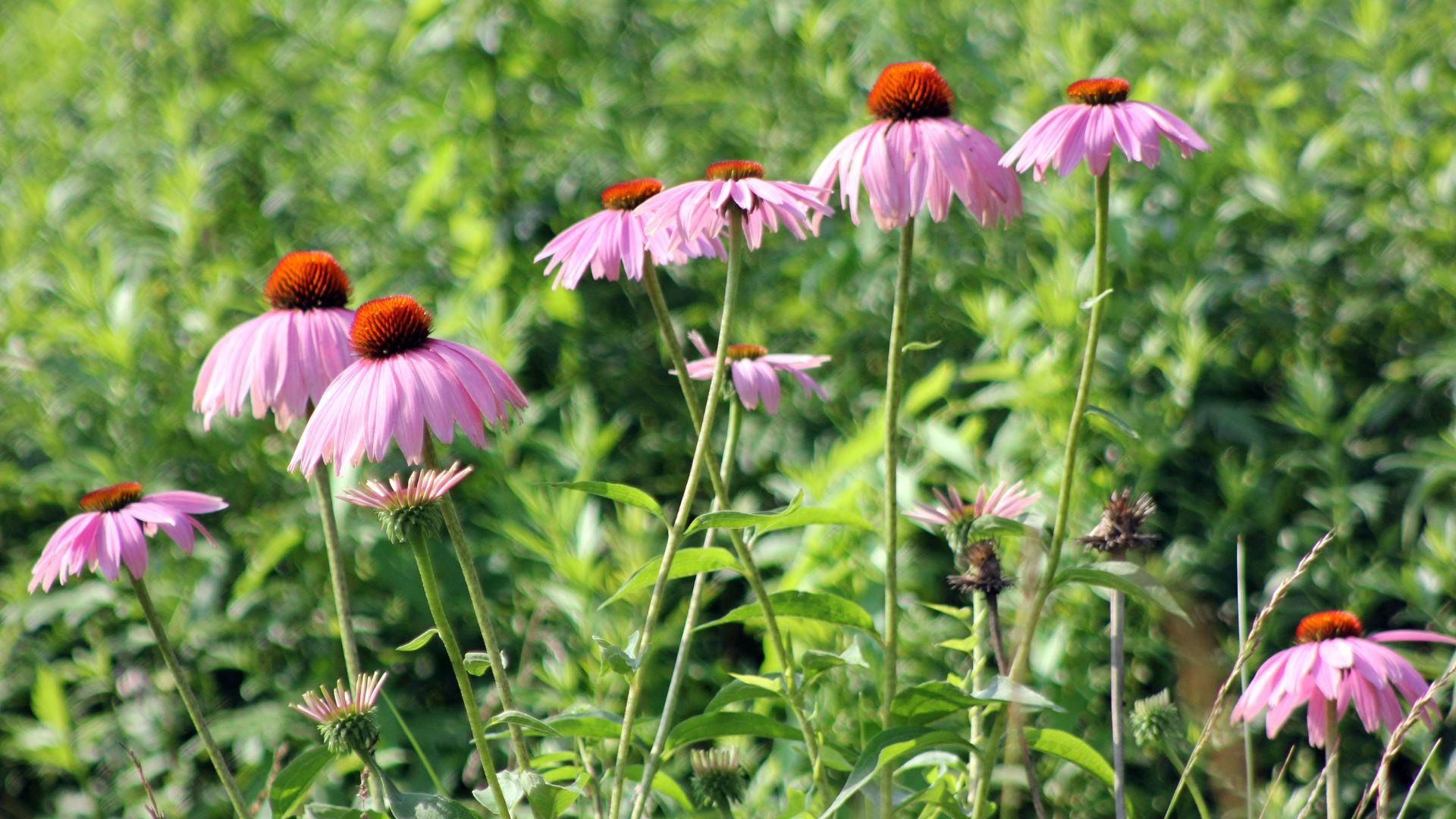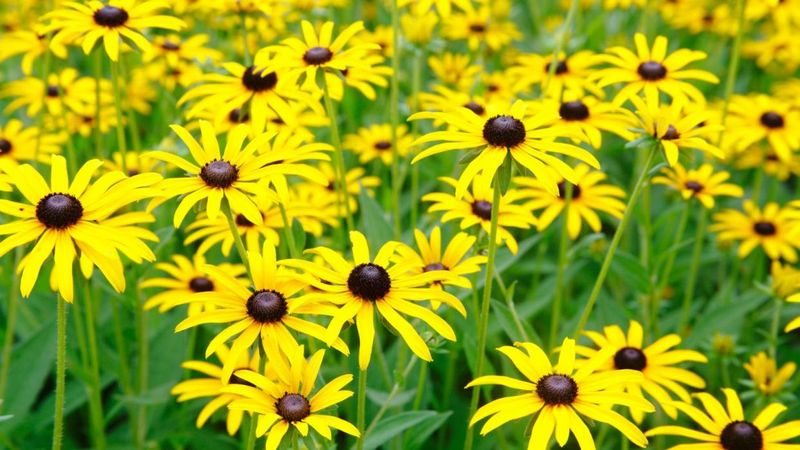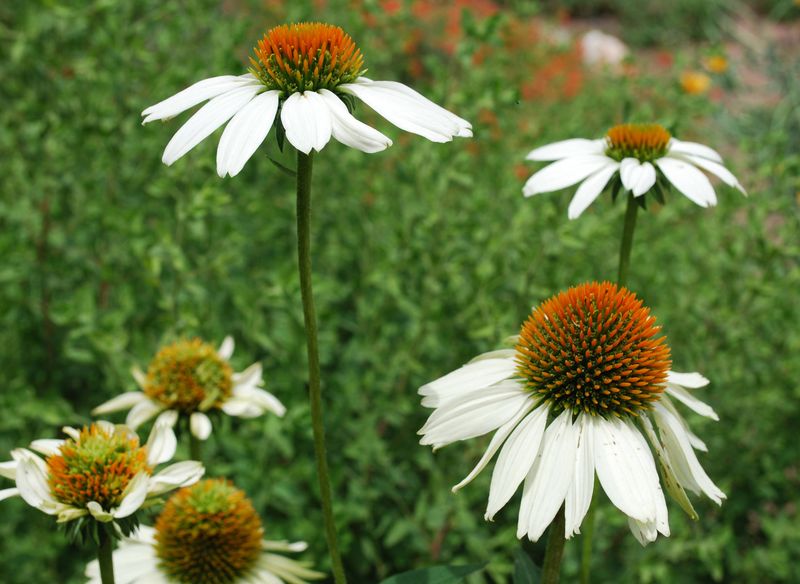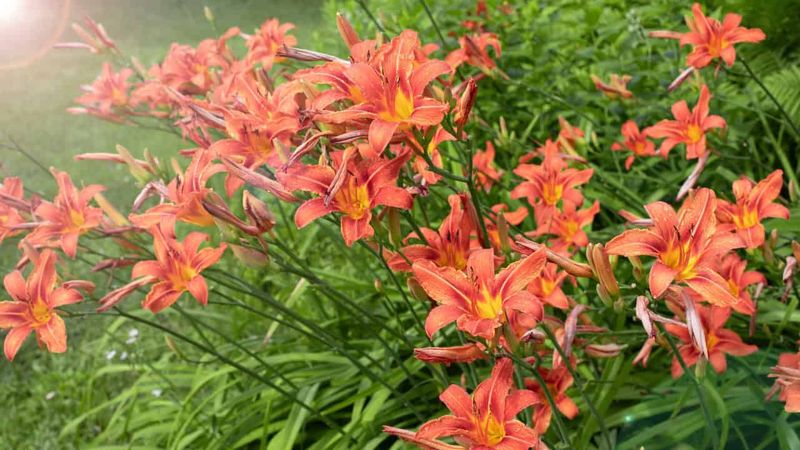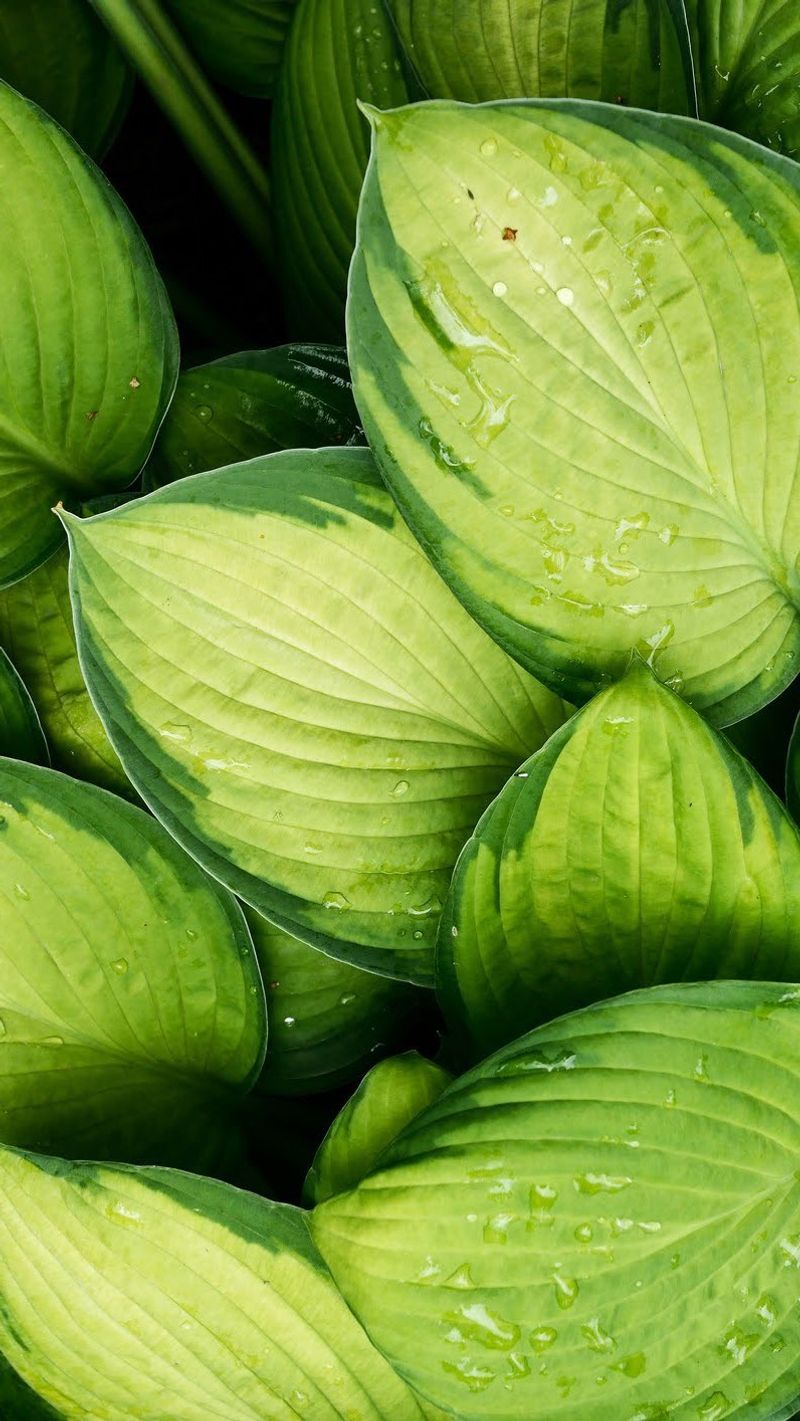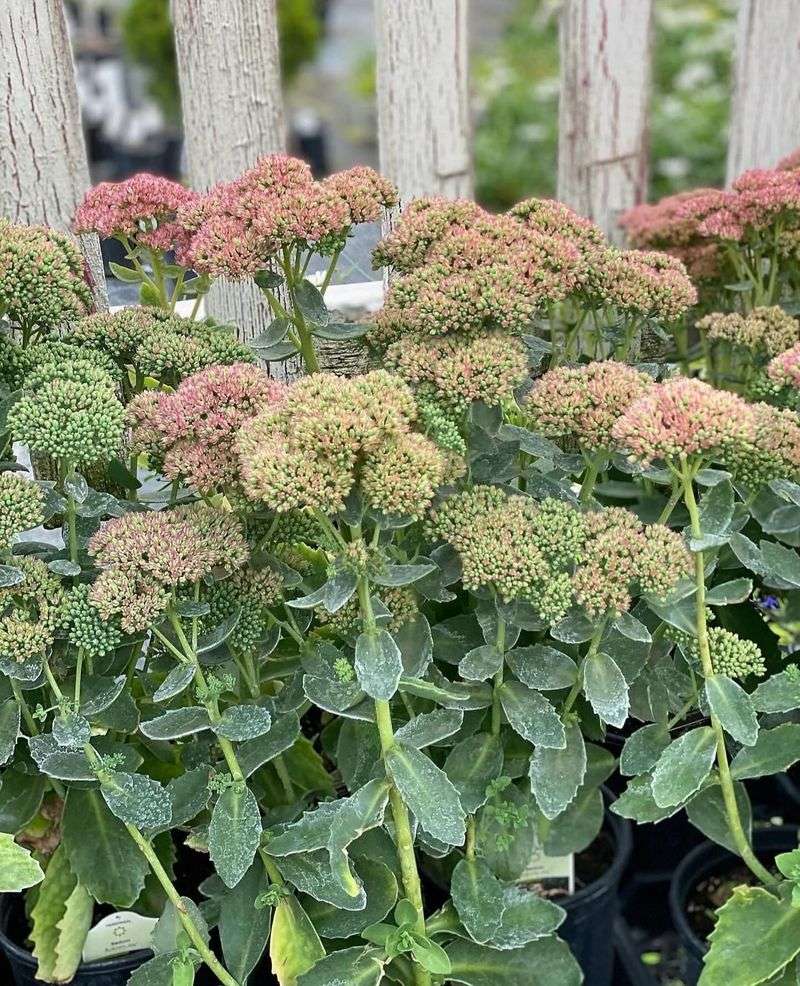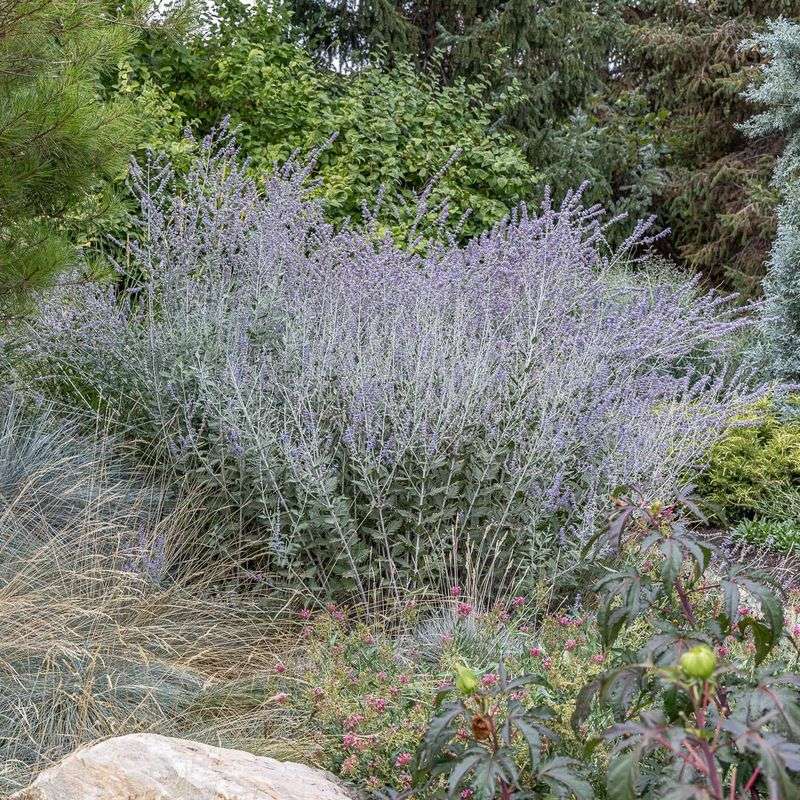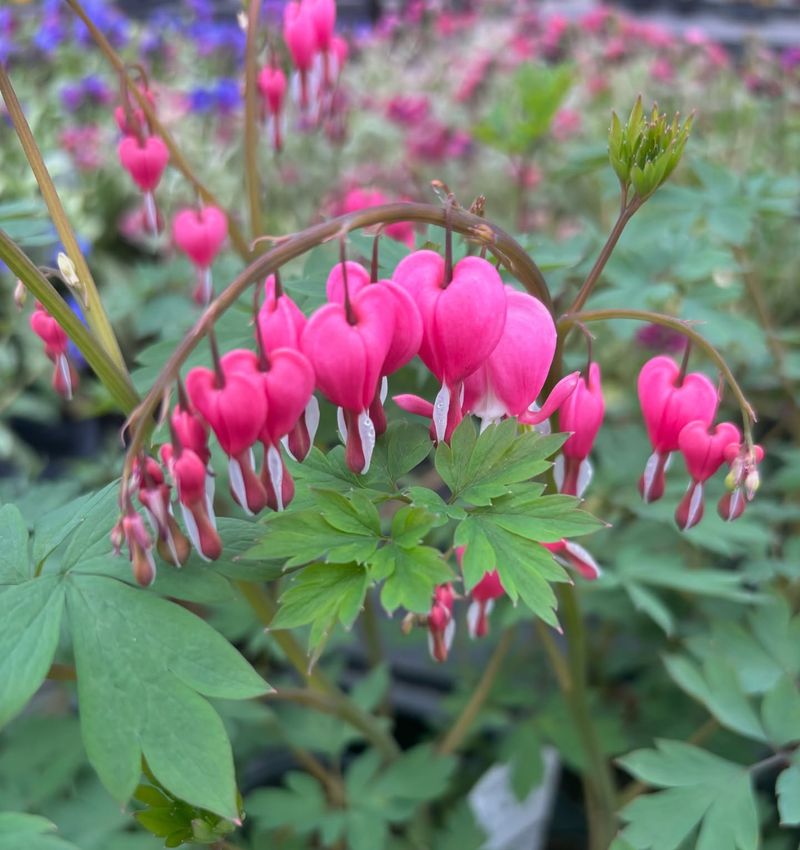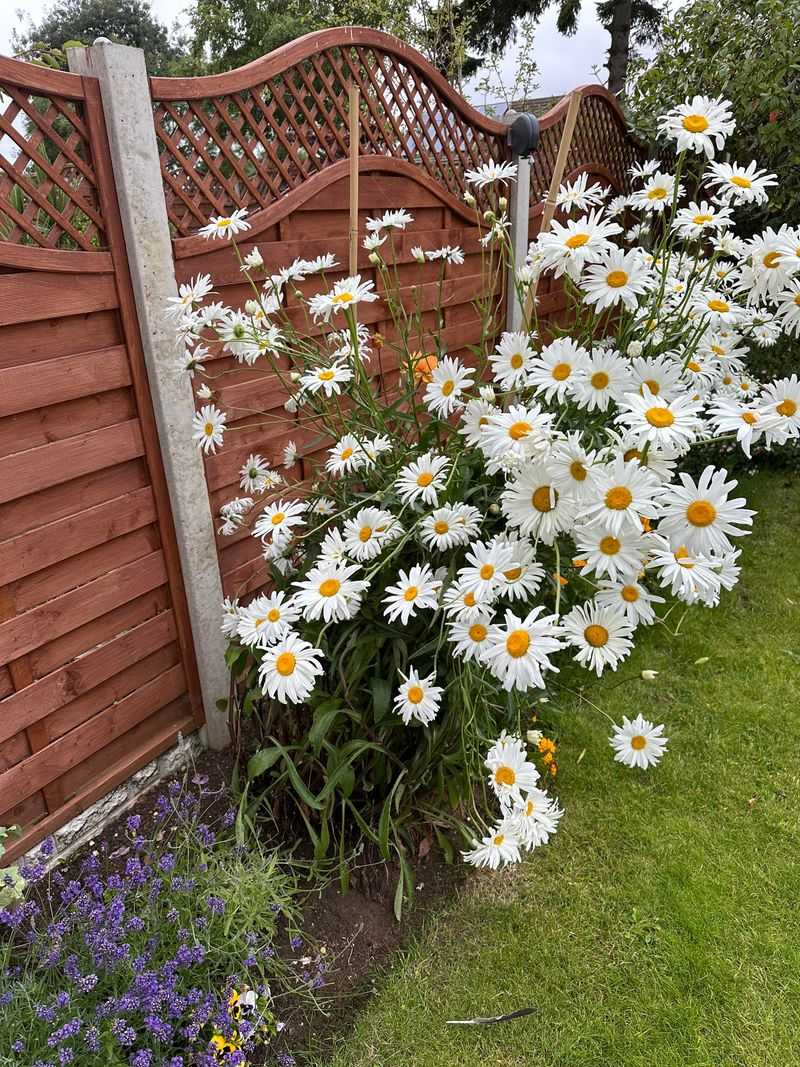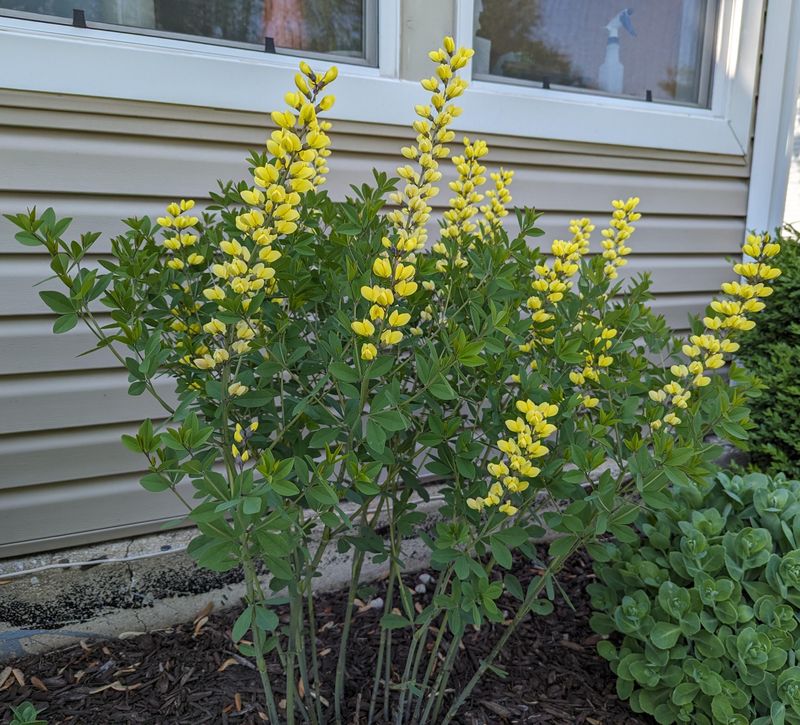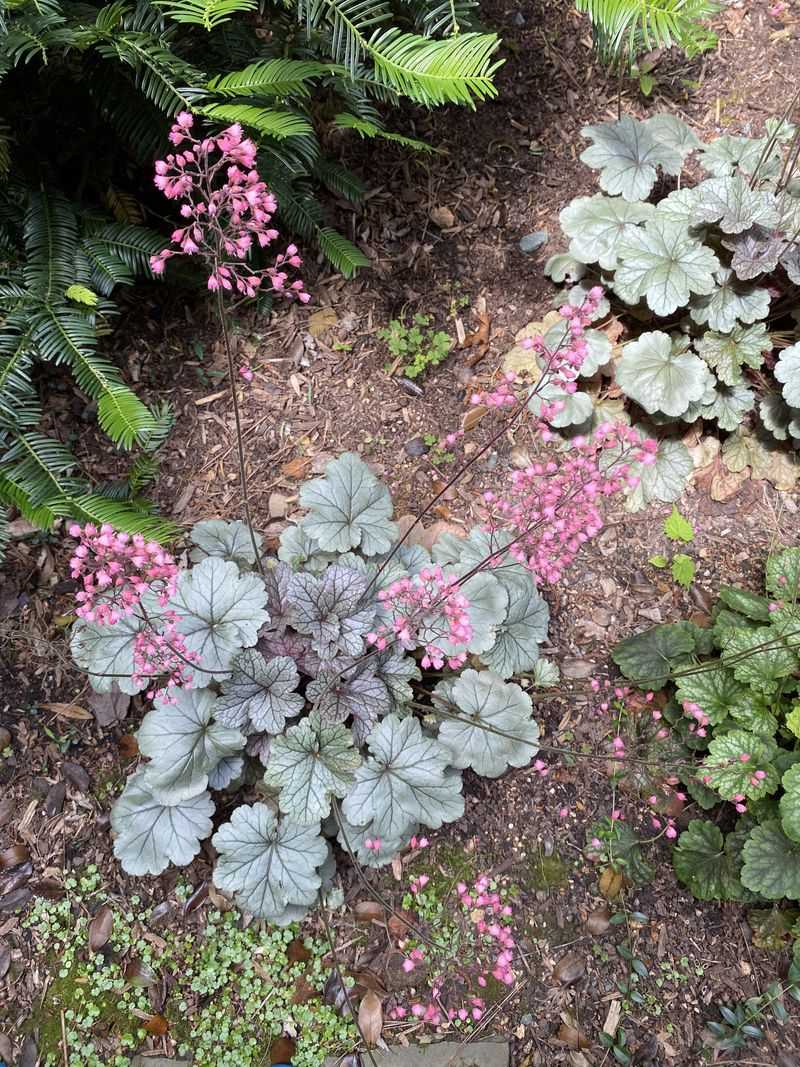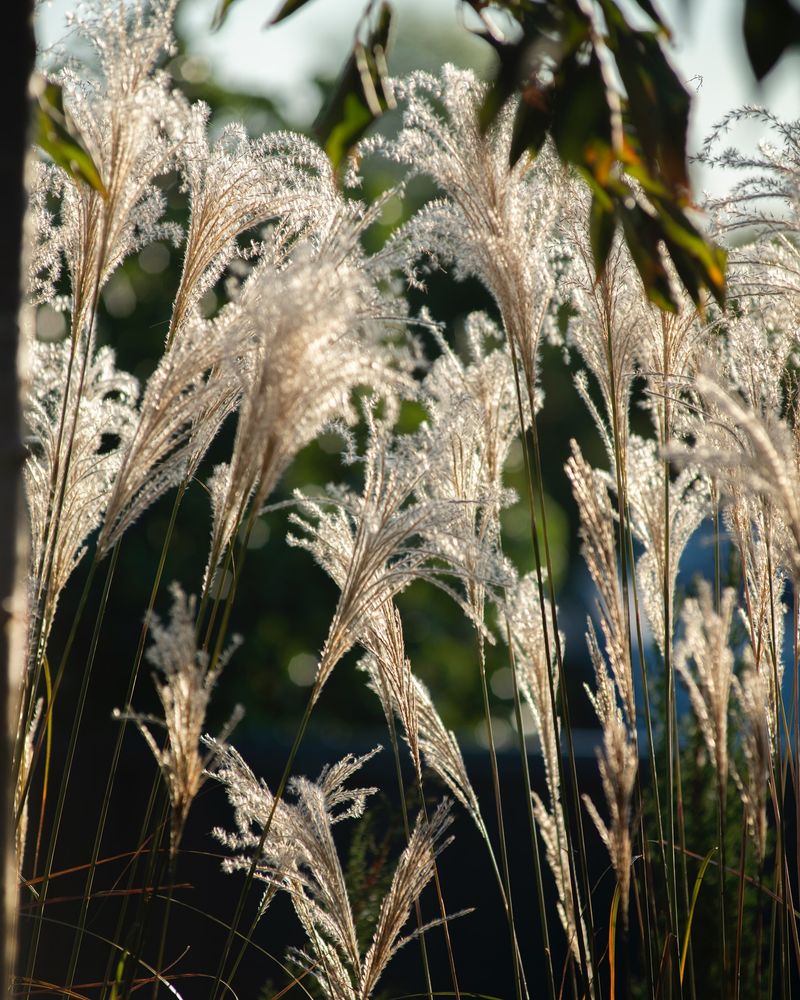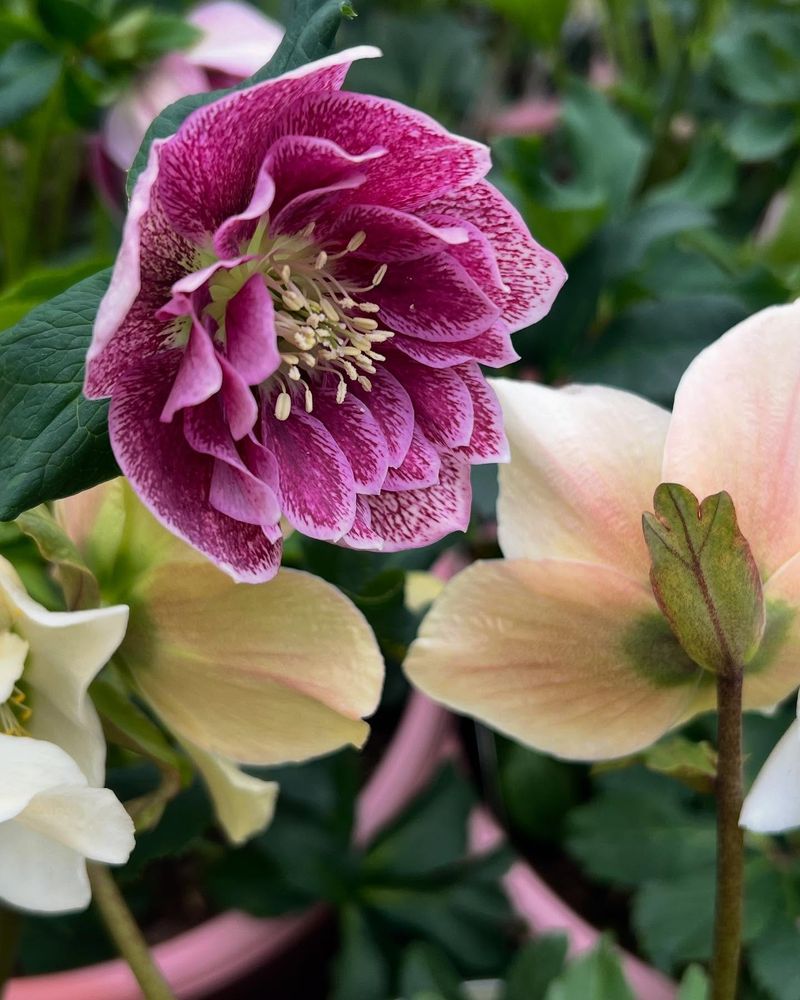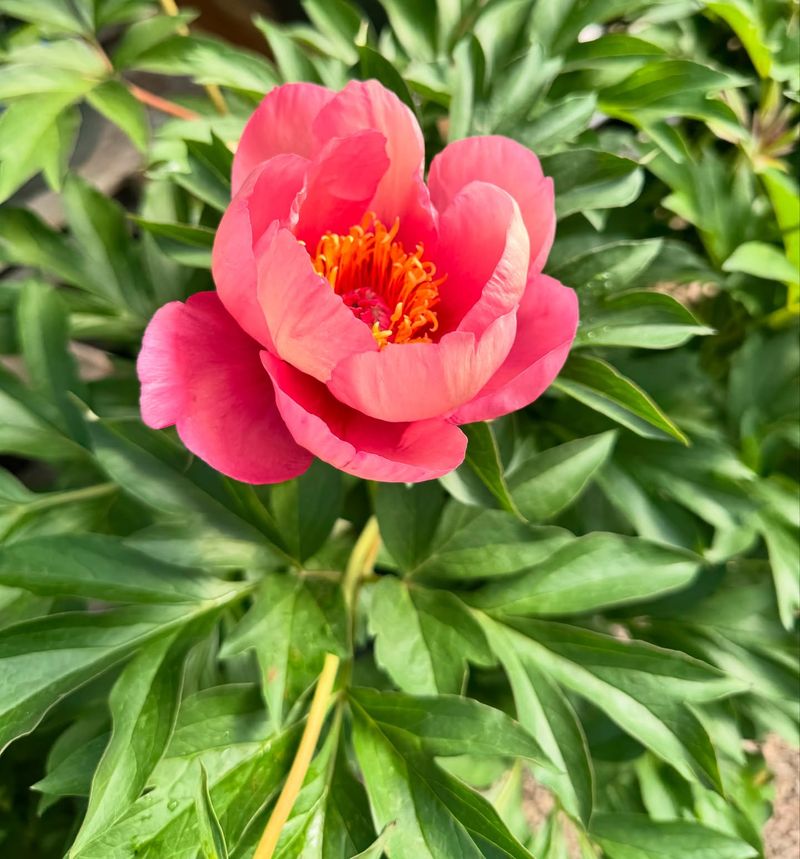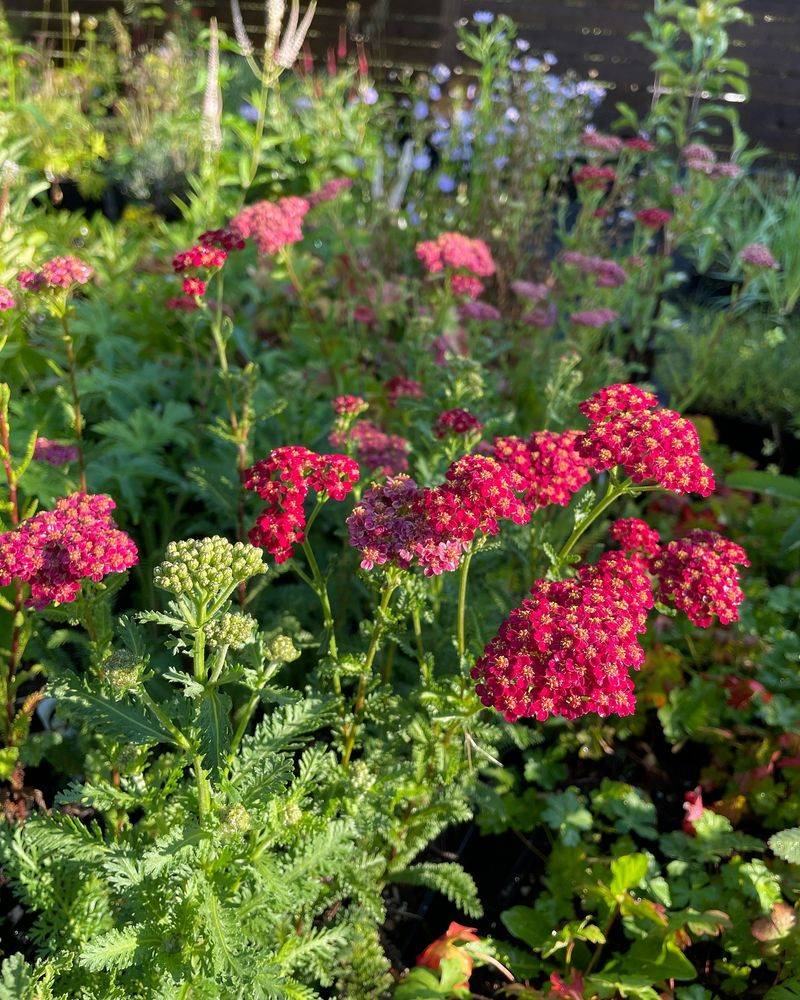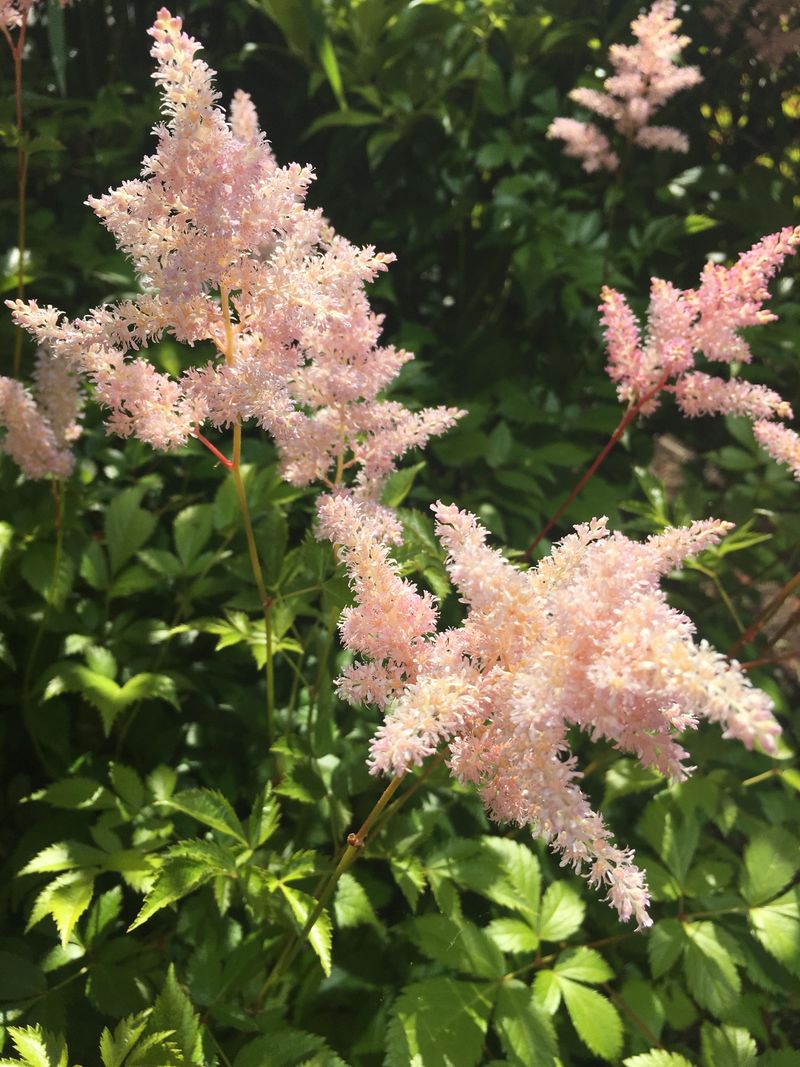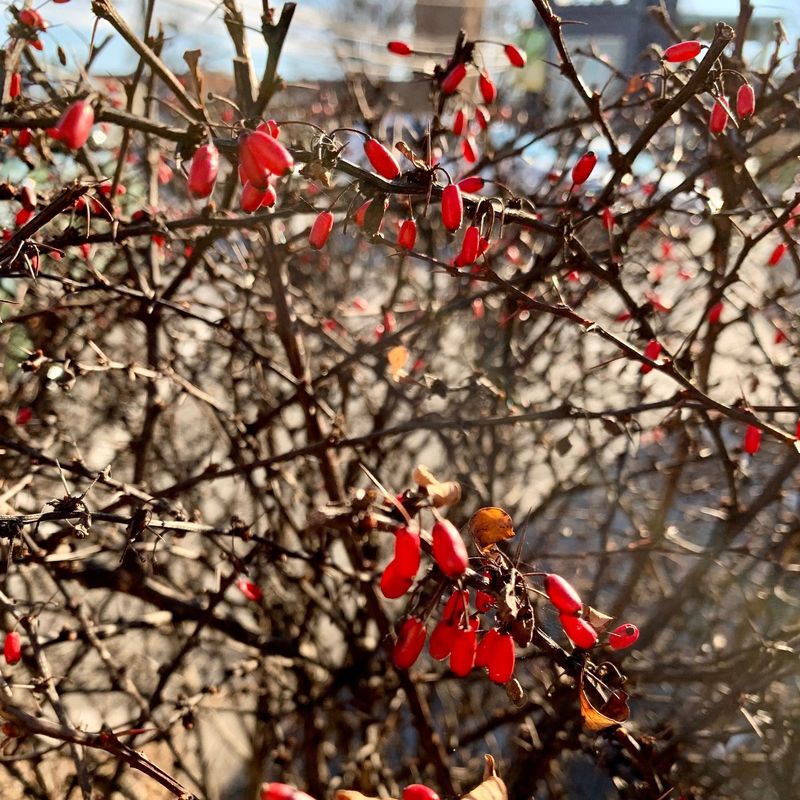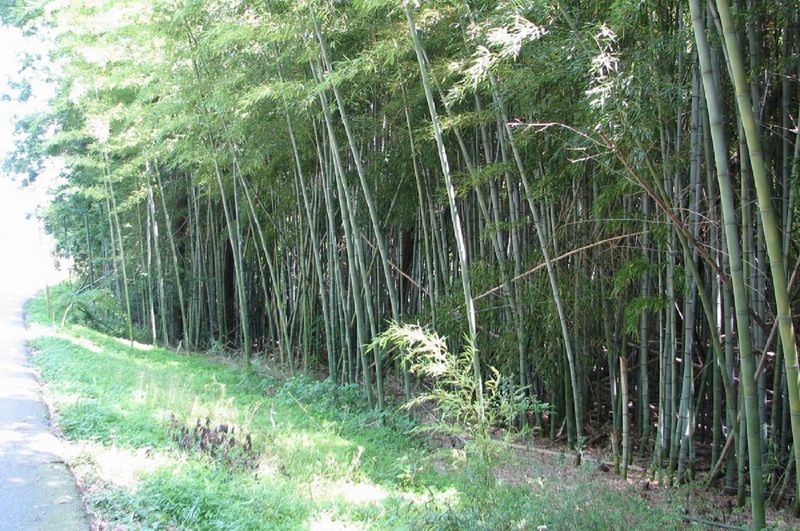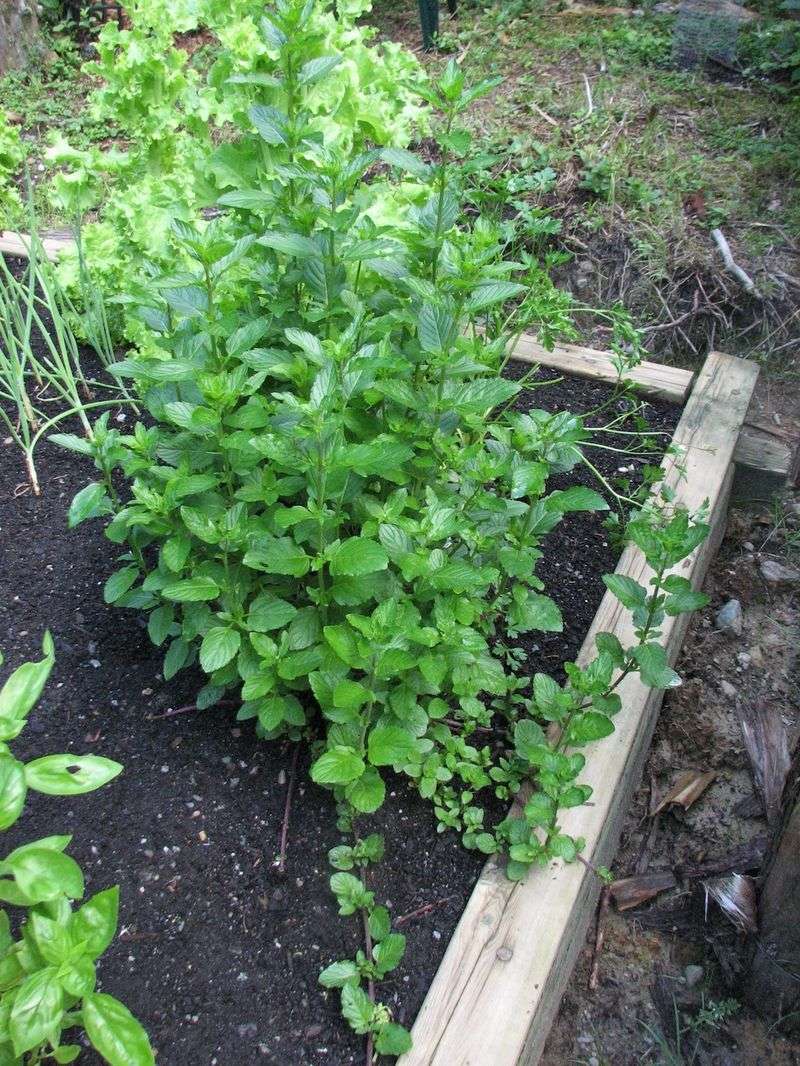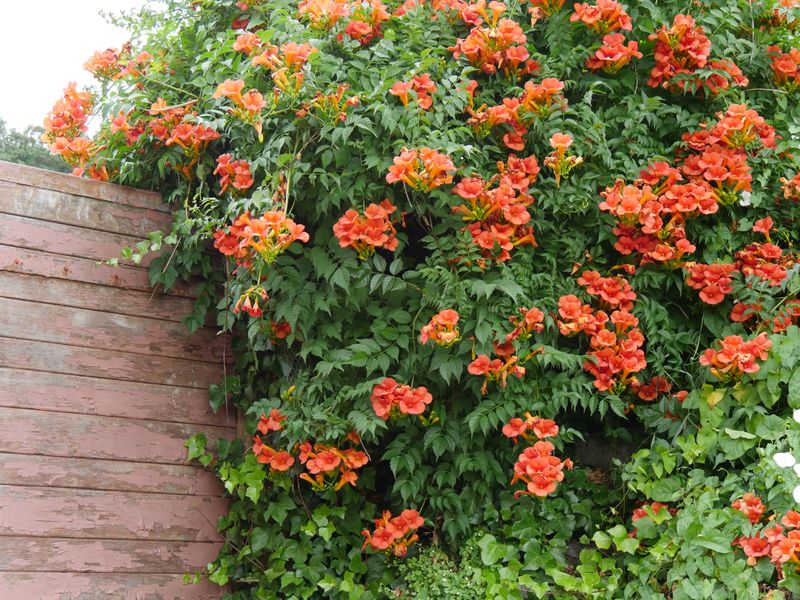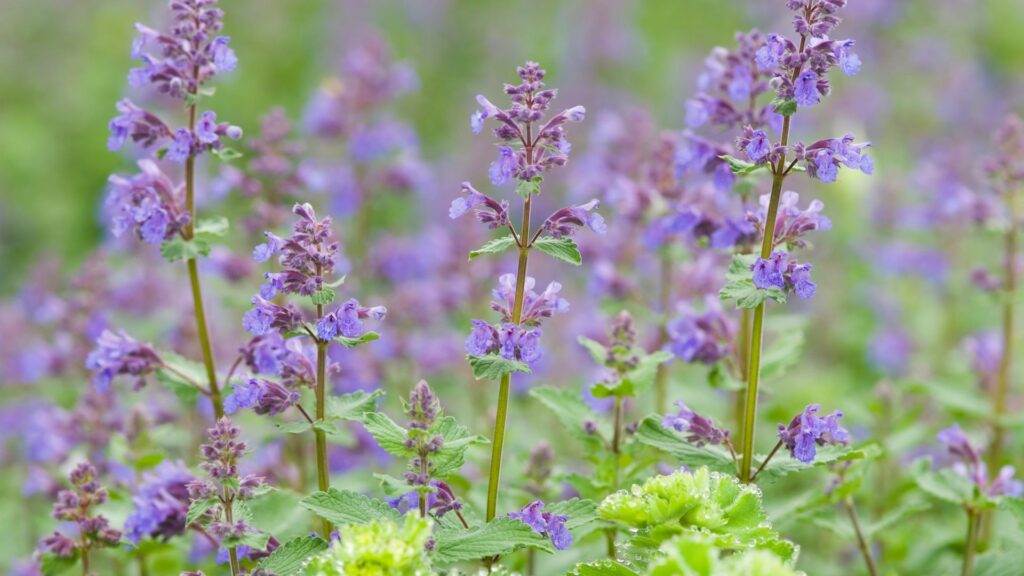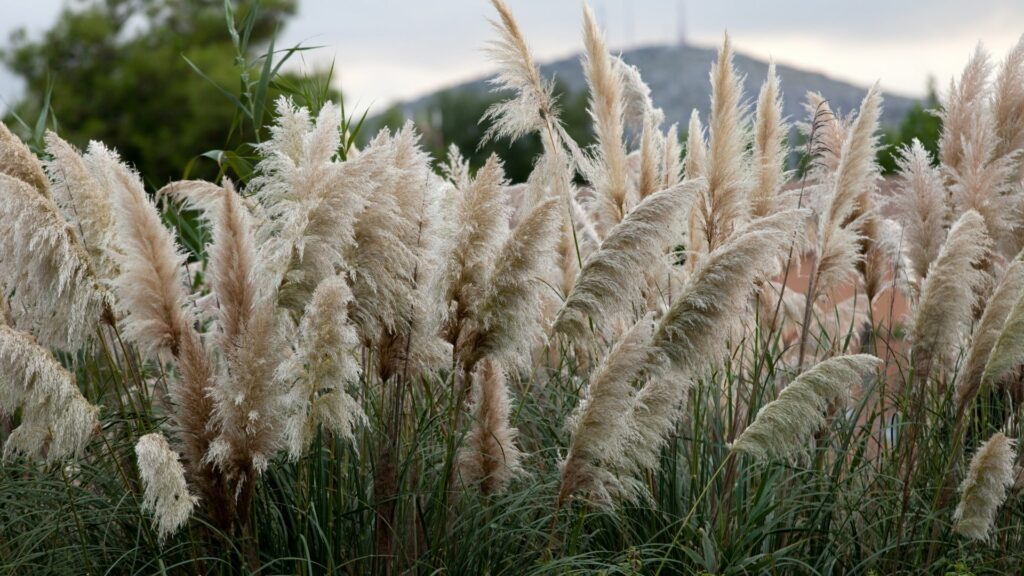Choosing the right perennials can make your garden beautiful year after year without a ton of effort. These dependable plants come back season after season, saving you time, money, and the frustration of replanting every spring.
Whether you’re new to gardening or have been at it for a while, knowing which perennials thrive easily can really change how you enjoy your outdoor space. Some plants demand too much attention or bring unwanted pests, while others reward you with effortless color and growth.
With a little guidance, you can build a garden that feels like a peaceful retreat instead of a constant chore. Choosing perennials that suit your climate and lifestyle turns your yard into a worry-free paradise full of life and color—year after year.
1. Black-Eyed Susans: Sunshine That Never Quits
Cheerful yellow blooms with distinctive dark centers make Black-Eyed Susans instant garden favorites. They practically take care of themselves once established, thriving in most soil types and laughing off drought conditions.
Wildlife lovers appreciate how these native flowers attract butterflies, bees, and even goldfinches who feast on their seeds. They’ll spread naturally over time, filling empty spaces without becoming aggressive bullies.
For maximum impact, plant them in groups of five or more where they’ll receive at least six hours of sunlight daily.
2. Coneflowers: Drought-Tough Prairie Beauties
Native to American prairies, coneflowers (Echinacea) bring months of colorful blooms with almost zero maintenance. Their distinctive raised centers and drooping petals create a unique silhouette that stands out in any garden bed.
Beyond their good looks, these powerhouse plants boast impressive medicinal properties. Many gardeners love how they attract beneficial pollinators while deterring common garden pests.
Plant them in well-drained soil with full sun exposure, then sit back and enjoy years of reliable blooming with virtually no care required.
3. Daylilies: The Truly Indestructible Flower
Earning their nickname as “the perfect perennial,” daylilies shrug off poor soil, drought, and neglect while producing gorgeous blooms in countless colors. Each flower lasts just one day, but plants produce buds for weeks, creating non-stop color.
Adaptable to almost any growing condition, these tough beauties thrive in spots where other plants struggle. Their arching, grass-like foliage looks attractive even when they’re not flowering.
Divide clumps every few years to rejuvenate plants and create free new ones to share with friends or expand your garden.
4. Hostas: Shade Garden Superstars
When sun-scorched spots leave you stumped, hostas come to the rescue with their spectacular foliage. Available in hundreds of varieties from tiny miniatures to massive 3-foot specimens, these shade-lovers offer endless design possibilities.
Their leaves come in stunning combinations of blue, green, gold, and cream with textures ranging from smooth to deeply quilted. Many varieties also produce lovely lavender or white flower stalks in summer.
Simply plant in rich, moist soil, protect from deer if needed, and enjoy these virtually maintenance-free beauties for decades.
5. Sedum ‘Autumn Joy’: The Four-Season Wonder
Few perennials offer as much year-round interest as Sedum ‘Autumn Joy.’ Spring brings fresh succulent growth that evolves into summer’s broccoli-like buds before bursting into spectacular rosy-pink blooms by fall.
Even winter holds appeal as the dried flower heads create fascinating shapes when touched by frost. Drought-resistant and practically indestructible, this sedum thrives in poor soil where many plants would fail.
Butterflies flock to its late-season blooms when other nectar sources disappear. Plant in full sun for strongest stems that won’t flop over when flowering.
6. Russian Sage: The Waterwise Beauty
Silvery-gray foliage topped with clouds of lavender-blue flowers makes Russian sage a standout in any garden. Once established, this Mediterranean native thrives on neglect, actually performing better without pampering.
Deer and rabbits avoid its aromatic foliage, while bees and butterflies can’t resist the nectar-rich blooms. Growing 3-4 feet tall, it creates a stunning backdrop for shorter perennials or adds structure to wild meadow gardens.
Plant in full sun with well-drained soil and prepare to be amazed by its toughness through drought, poor soil, and harsh winters.
7. Bleeding Heart: Shade Garden Romance
Heart-shaped blooms dangling from arching stems make bleeding hearts the darlings of spring gardens. These woodland natives thrive in the dappled light beneath trees where many plants struggle to flower.
Traditional varieties produce pink hearts with white tips, while newer cultivars offer pure white or solid pink options. After flowering, the ferny foliage provides texture until mid-summer when plants naturally go dormant.
Plant alongside late-emerging perennials like hostas that will fill the space when bleeding hearts take their summer nap. They’ll return faithfully each spring with zero effort from you.
8. Shasta Daisies: Classic Charm Without Fuss
Nothing says summer quite like the cheerful white blooms of Shasta daisies. Their classic appearance belies their tough nature – these resilient plants handle heat, drought and poor soil with remarkable grace.
Perfect for cutting gardens, a single established plant can produce dozens of long-lasting blooms for indoor arrangements. Their bright white petals surrounding golden centers create a clean, crisp look that complements any garden style.
Deadhead spent flowers to encourage additional blooming waves, and divide clumps every few years to maintain vigor. They’ll reward minimal effort with maximum visual impact.
9. Baptisia: The Long-Lived Prairie Native
Growing Baptisia (false indigo) feels like cheating – it delivers gorgeous spikes of lupine-like flowers with practically zero maintenance. Mature plants develop into impressive 3-4 foot shrub-like clumps that need no staking or fussing.
Blue-purple is the classic color, but newer varieties offer yellow, white, and bicolor options. After flowering, interesting seed pods develop, adding textural interest through fall.
Their deep taproots make established plants incredibly drought-resistant but also difficult to move, so choose your planting location carefully. With proper placement, they’ll thrive for decades without division.
10. Salvia ‘May Night’: Pollinator Paradise
Deep violet-blue spikes of ‘May Night’ salvia create dramatic vertical accents while requiring minimal care. Hummingbirds, butterflies, and bees find these nectar-rich blooms irresistible, bringing your garden to life with beneficial visitors.
Unlike many perennials that bloom briefly, ‘May Night’ flowers for weeks. A quick shearing after the first flush encourages a second round of blooms later in summer.
Deer and rabbits typically avoid its aromatic foliage, making it perfect for problem areas. Plant in full sun with well-drained soil for best performance and longest flowering period.
11. Coral Bells: Colorful Foliage All Season Long
Modern coral bells (Heuchera) varieties offer such spectacular foliage that their delicate flowers seem like a bonus feature. Available in purple, caramel, lime green, silver, and nearly black, these versatile perennials add color to gardens year-round.
Growing in neat mounds 8-12 inches tall, they’re perfect for edging beds or container planting. Their evergreen or semi-evergreen leaves maintain interest even in winter months in milder climates.
Plant in part shade with well-drained soil enriched with organic matter. They’ll form slowly expanding clumps that can be easily divided every few years.
12. Ornamental Grasses: Movement And Winter Interest
Adding ornamental grasses to your garden brings movement, sound, and four-season appeal with minimal maintenance. Varieties like feather reed grass, fountain grass, and little bluestem provide vertical structure throughout growing seasons.
Most need cutting back just once yearly in late winter before new growth emerges. Their graceful seed heads capture morning dew and winter frost, creating magical garden moments.
Plant taller varieties as dramatic focal points or shorter types as flowing borders. Most prefer full sun but tolerate partial shade, and once established, they rarely need supplemental watering.
13. Hellebores: The Winter Bloomer
When most gardens lie dormant, hellebores burst into bloom, earning their nickname “Lenten roses.” These shade-loving evergreens produce elegant, nodding flowers in white, pink, purple, and even dark burgundy from late winter through early spring.
Their leathery, deer-resistant foliage remains attractive year-round, making them true workhorses in the garden. Modern varieties feature upward-facing blooms, double petals, and speckled patterns.
Plant them near walkways or entryways where their early blooms can be appreciated during winter’s darkest days. Once established, they require almost no maintenance beyond removing tattered leaves.
14. Peony: The Century-Long Bloomer
Grandma’s garden favorite earned its place through incredible longevity – many peonies bloom for 100+ years without division! Their massive, fragrant flowers in pink, white, red, or yellow create unforgettable spring displays.
After flowering, their glossy green foliage continues providing structure and substance to garden beds. Unlike many perennials, peonies prefer being left undisturbed, actually blooming better when allowed to establish deeply.
Plant in full sun with well-drained soil, making sure not to bury the growing eyes too deeply. Position them where you can enjoy their intoxicating fragrance during their spectacular but brief flowering period.
15. Yarrow: The Meadow Must-Have
Flat-topped flower clusters in yellow, white, pink or red make yarrow a standout in sunny borders. Native to meadow environments, these tough-as-nails plants laugh off drought, poor soil, and neglect while flowering profusely.
Pollinators adore their nectar-rich blooms, while gardeners appreciate their long vase life in cut arrangements. Modern varieties stay compact without flopping and offer richer colors than older types.
Plant in full sun with well-drained soil – too much fertility actually reduces their hardiness and longevity. Deadhead spent blooms to encourage additional flowering waves throughout summer.
16. Astilbe: Feathery Plumes For Damp Spots
Got a shady, damp area where nothing seems to thrive? Astilbe will transform that problem spot into a garden highlight with its feathery plumes in pink, red, lavender, or white.
Unlike many shade plants grown primarily for foliage, astilbes deliver spectacular flowers above their fernlike leaves. Different varieties bloom from early to late summer, allowing for months of color when planted in combination.
They appreciate consistent moisture and rich soil but require little maintenance beyond cutting back spent flower stalks. Deer typically avoid them, making them perfect for woodland garden edges.
17. AVOID: Japanese Barberry
Those red-leaved shrubs at the garden center may look tempting, but Japanese barberry causes major ecological problems. This invasive species escapes gardens, crowding out native plants in natural areas while creating perfect tick habitat.
Its dense growth provides ideal humidity levels for ticks that spread Lyme disease. Multiple states have banned its sale due to these serious concerns.
Instead, choose native alternatives like ninebark or Virginia sweetspire that offer similar colorful foliage without the environmental and health risks. They’ll provide better wildlife value while remaining contained in your landscape.
18. AVOID: Running Bamboo
The elegant appearance of bamboo tempts many gardeners, but running varieties quickly become a landscape nightmare. Their aggressive underground rhizomes can travel 30+ feet, emerging through lawns, driveways, and even into neighboring properties.
Removing established bamboo often requires years of persistent effort, heavy equipment, or expensive professional intervention. The spreading habits have sparked countless neighbor disputes and even legal battles.
If you absolutely must have bamboo, choose only clumping varieties and install proper root barriers. Better yet, opt for native grasses that provide similar vertical appeal without the invasive tendencies.
19. AVOID: Mint In Garden Beds
Mint makes a wonderful container plant but becomes a garden terrorist when planted directly in beds. Its underground runners spread relentlessly, quickly overtaking neighboring plants and becoming nearly impossible to fully remove.
What starts as a small herb patch can transform into a mint monoculture within a single growing season. Even tiny root fragments left behind during removal will regenerate into new plants.
Keep mint’s wonderful fragrance and culinary uses by growing it in pots, preferably elevated or on pavement to prevent runners from escaping through drainage holes into garden soil below.
20. AVOID: Trumpet Vine
Hummingbirds love trumpet vine’s orange tubular flowers, but this aggressive climber quickly becomes a homeowner’s regret. It sends up suckers yards away from the original plant, popping up through lawns, garden beds, and even cracks in concrete.
Its powerful growth can damage structures by working into tiny crevices and expanding them. The vigorous vines require constant pruning to keep in check.
For hummingbird attraction without the headaches, plant native honeysuckle, bee balm, or cardinal flower instead. These alternatives provide similar wildlife benefits while respecting garden boundaries.
21. Catmint (Nepeta): A Pollinator Magnet That Keeps On Giving
If you’re after a perennial that blooms like crazy with next to no effort, catmint should be on your list. With soft gray-green foliage and abundant lavender-blue flowers, it puts on a show from late spring into fall.
Its drought tolerance and deer resistance make it ideal for tough spots, and pollinators like bees and butterflies love it. Unlike its aggressive cousin mint, catmint stays in tidy clumps and won’t overrun your garden.
Shear it back after its first bloom for a fresh flush of flowers later in the season. It thrives in full sun with well-drained soil and pairs beautifully with roses or ornamental grasses.
22. AVOID: Pampas Grass
With its towering plumes and dramatic presence, pampas grass might seem like a dream plant—but it’s a nightmare in disguise. In warmer climates, especially the southern U.S., it self-seeds aggressively and can overtake natural areas.
Its razor-sharp leaves can cause injuries, and its dense clumps are a fire hazard when dry. Removal requires heavy digging, and even then, regrowth is common without complete root removal.
If you’re after tall grasses with drama, try native alternatives like switchgrass or little bluestem. They’re safer, non-invasive, and provide habitat for beneficial insects and birds.

